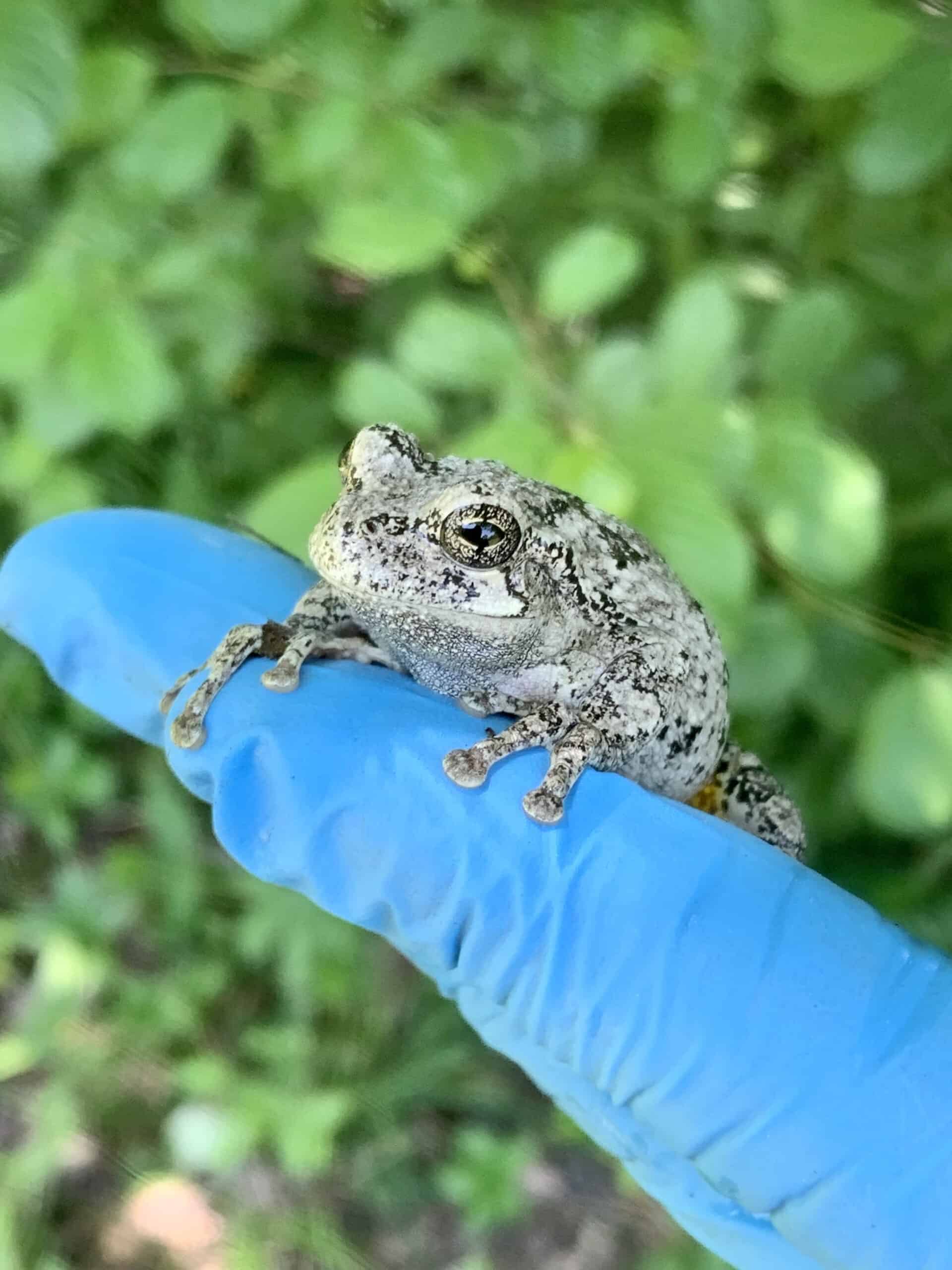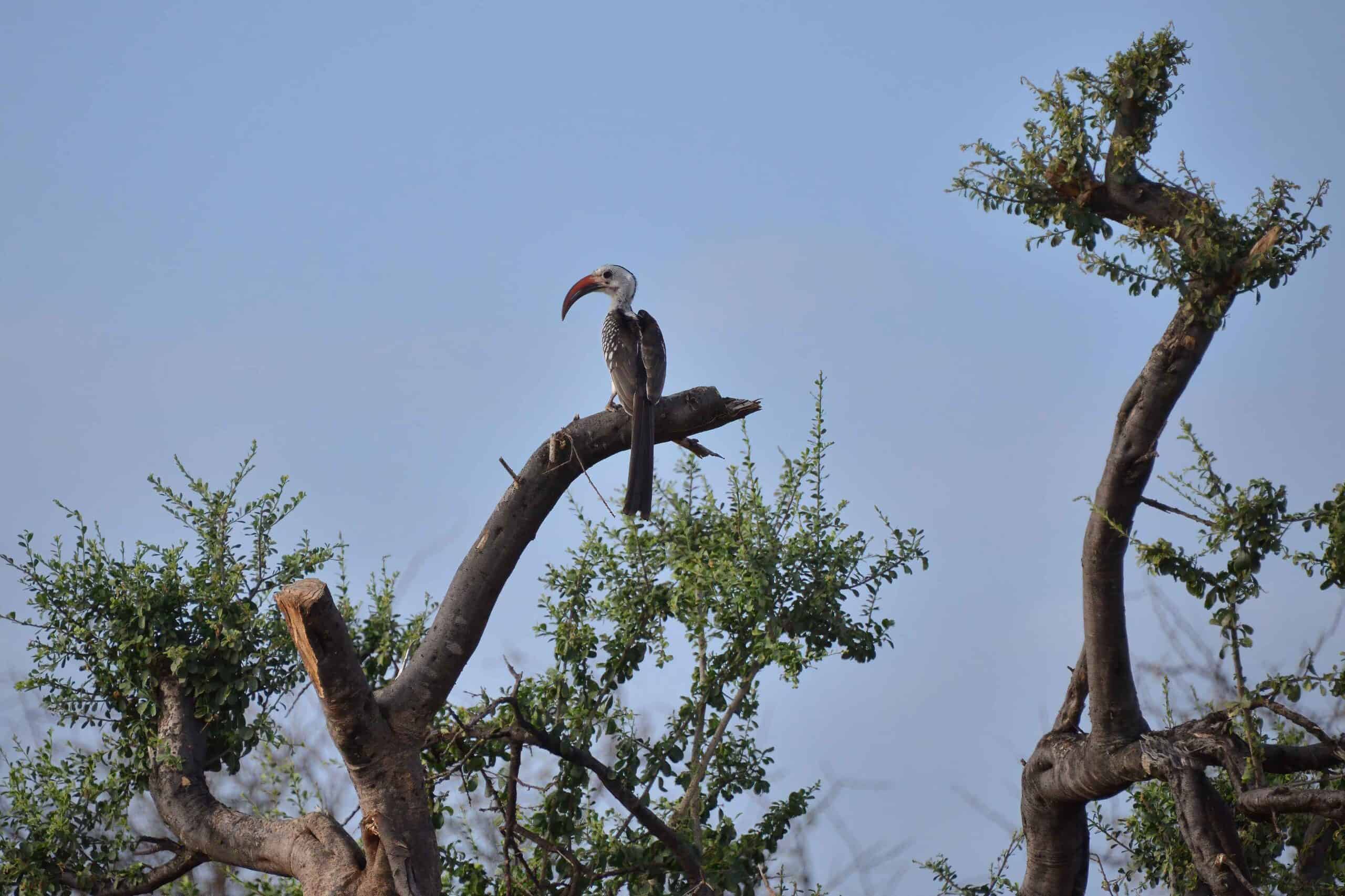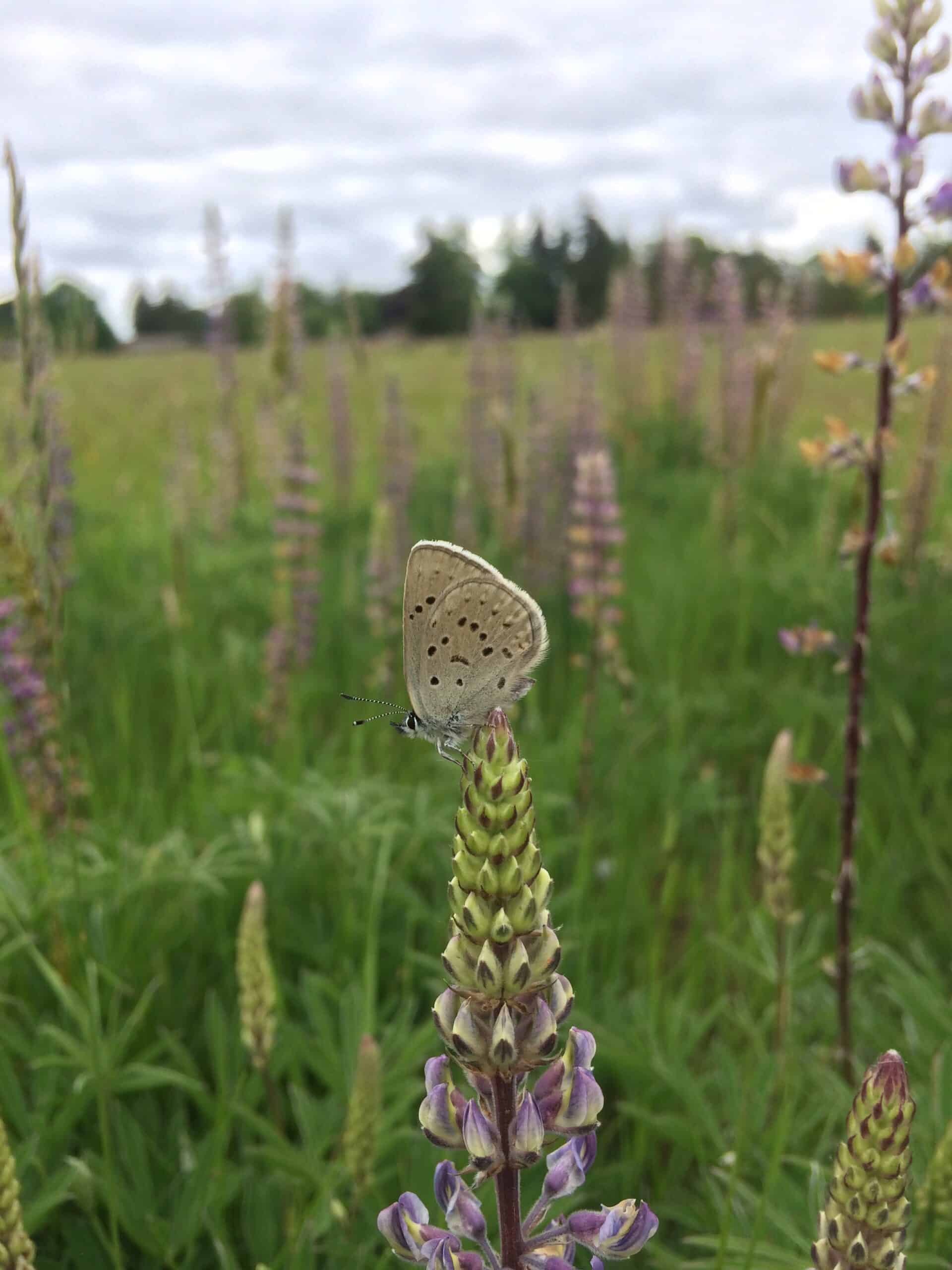Share this article
Site Visit Insights: A habitat restoration transformation
Site visits are critical to helping scientists learn more about species and their habitats. The trips often take them into areas most people do not have a chance to explore, including public and privately-owned restricted sites, as well as some remote and hard-to-reach areas. “Site Visit Insights” provides a behind-the-scenes perspective of wildlife biology, featuring photographs, and interesting discoveries and happenings biologists experience in the field.
In cooperation with the U.S. Fish and Wildlife Service, The Wildlife Society is pleased to share these insights.
Wildlife Biologist:
Stephanie Jentsch, wildlife biologist, Sacramento Fish and Wildlife Office
Site visit location:
East Contra Costa County, California
What was the purpose of the site visit?
I joined staff from the East Contra Costa County Habitat Conservancyon a site visit to see habitat restoration projects on land in the East Contra Costa County Habitat Conservation Plan/Natural Community Conservation Planpreserve system. The restoration projects we visited had been completed over the past few years and I wanted to see the progress of habitat restoration and the overall condition of habitat on the preserves.
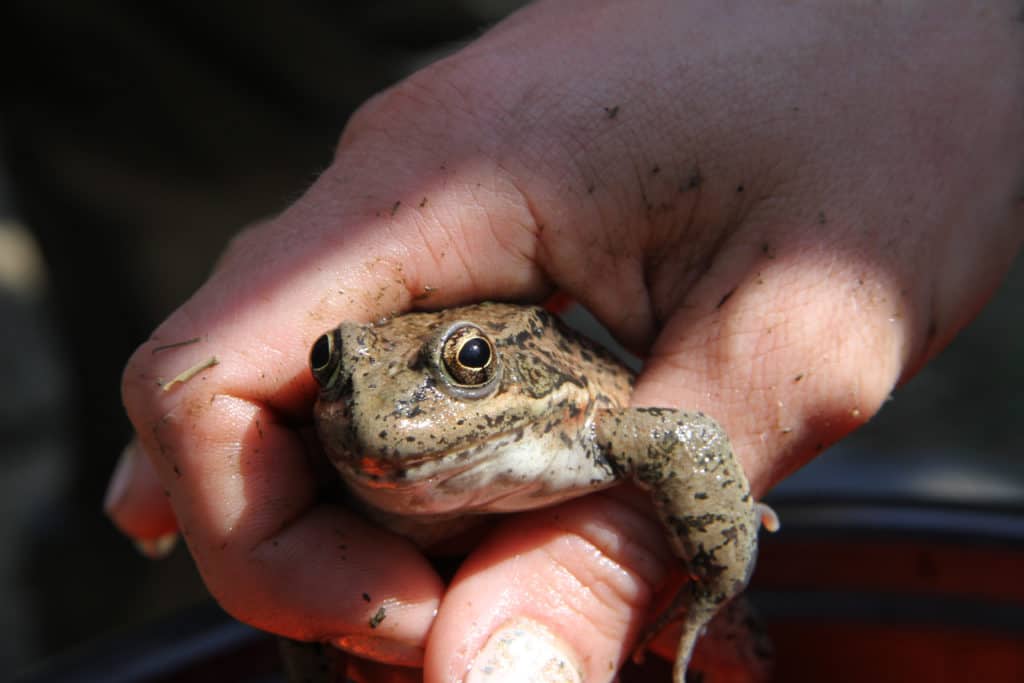
The Conservancy, in cooperation with the East Bay Regional Park District, has preserved over 13,000 acres in eastern Contra Costa County. These lands are preserved and managed to provide habitat for a number of species, including the California red-legged frog, California tiger salamander and tricolored blackbird which are the primary targets for the restoration projects we visited.
Both California red-legged frog and California tiger salamander need water to breed and upland habitat for foraging and shelter. In the area we visited, breeding habitat for California tiger salamander is typically stock ponds and their upland habitat (where they spend the majority of their time) is underground burrows created by other animals like ground squirrels. Breeding habitat for California red-legged frogs in this region is typically stock ponds, or pools in slow-moving creeks. In the uplands, they use grassland and habitat. Tricolored blackbirds can nest in cattails and other vegetation growing in or near ponds or wetlands with access to open water.
Where did you go?
We visited preserved properties in the Kirker Pass Road area south of Pittsburg in eastern Contra Costa County. We visited restoration projects on three properties and also looked at ponds and other habitats on the properties. At the Hess Creek property, a section of abandoned asphalt road was removed, an intermittent creek was realigned to a more natural course and riparian vegetation was planted. At the Upper Hess property, a grassland area was restored to support a large wetland, a stock pond was repaired and a section of stream was restored. At the Ang property, riparian vegetation was planted along a stream.
What partners were you working with and what is the nature of SFWO’s partnership with them?
The Conservancy is the lead agency implementing the habitat conservation plan. The Sacramento Fish and Wildlife Office is on the technical advisory committee for the plan and provides guidance for managing and restoring habitat. We work collaboratively with the Conservancy to support the implementation of activities to achieve the conservation goals outlined in the plan.
What did you learn from this site visit that you didn’t know before?
I visited these sites prior to and right after construction, so it was really interesting to see the transformation that has taken place. It gave me better insight into the results and challenges of habitat restoration. For example, at the Hess Creek restoration site, drought and ground squirrels caused a lot of problems with survival of the riparian vegetation that was planted. The ground squirrels dug up and ate many of the plantings (acorns), probably in part because less food was available due to the drought.
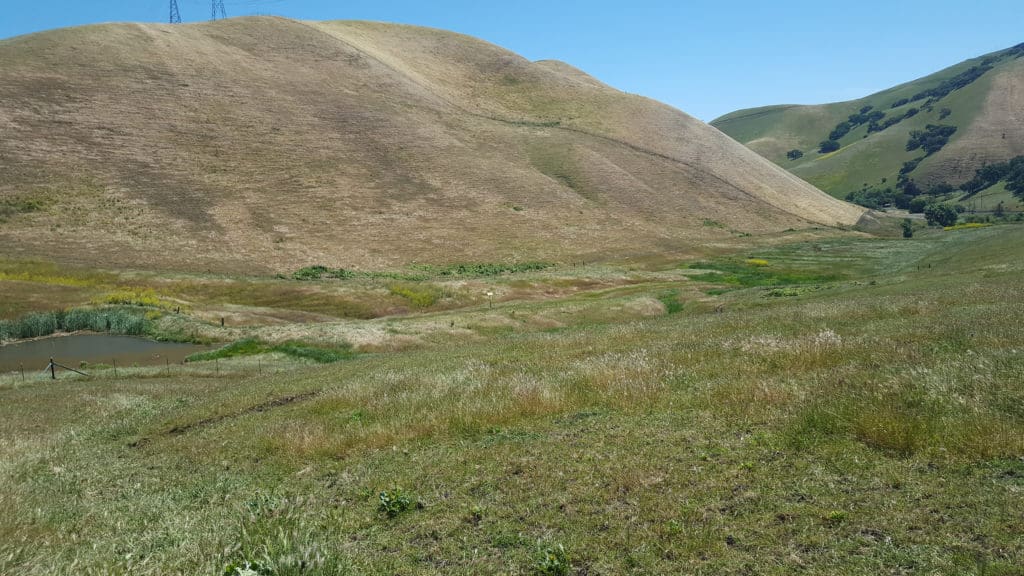
It was also helpful to observe all the other wildlife that use the restored habitat and see the other species that benefit from these kinds of projects as well. For example, we saw western toad tadpoles and adults at the Hess pond and many species of birds in the riparian plantings.
I also learned about the many different pieces that go into a restoration project, including challenges with getting construction crews experienced in conducting this kind of work. Gaining these kinds of insights will help me provide guidance on future restoration projects.
What surprises did you encounter during the site visit?
A beaver has taken residence in the pond at the Upper Hess restoration site! This surprised me since there are no trees near this pond. The beaver dam was built from cattails and other vegetation from the pond. It is neat that this restoration project has attracted an unexpected species, but it could also result in some challenges since the beaver is removing cattails that could be used for nesting by tricolored blackbirds and the dam could store excess water needed to support the restored wetland. Also, the Upper Hess site is not far from the Hess Creek riparian plantings, so if the beaver were to find these plantings it could actually remove the habitat we are trying to restore. Hopefully, it will work out and the wildlife and habitat in these restored sites can happily co-exist.
The U.S. Fish and Wildlife Service is a Strategic Partner of The Wildlife Society.
Header Image:
Stephanie Jentsch is a senior fish and wildlife biologist in the Sacramento Fish and Wildlife Office.
©Veronica Davison, USFWS






